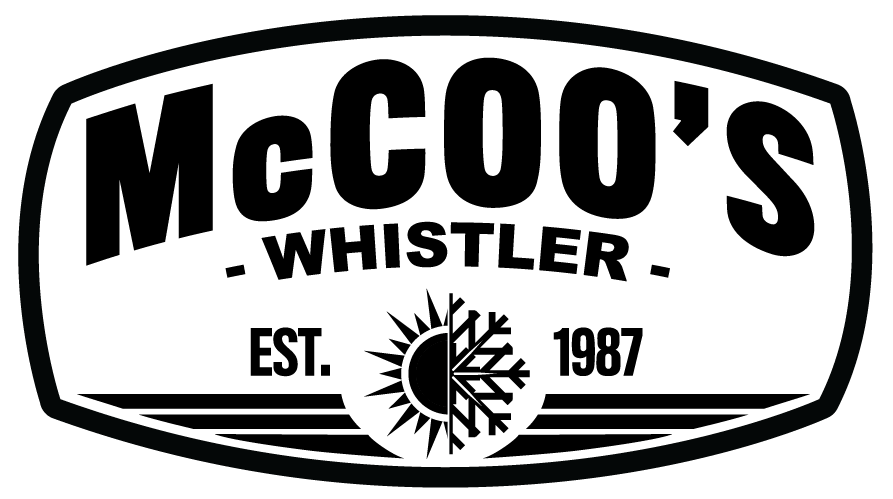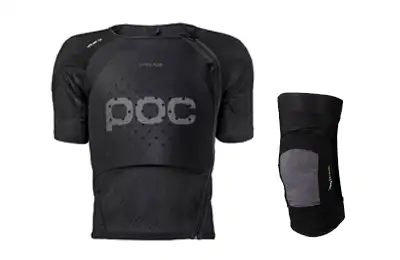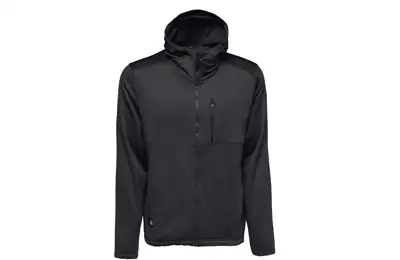Drying off is not something many of us give much thought to. It’s just something you do, but a group of individuals saw an opening in the market for a product that would serve as much more than just an afterthought. Slowtide beach towels came to be in 2015, when Kyle Spencer, Dario Phillips & Wylie Von Tempsky of California, saw that towels were uninspiring and mundane. Their first attempt yielded a functional, new medium for art on a premium 100% cotton towel, and so Slowtide towels came to be.
Functionality
All of the Slowtide products meet the strict guidelines set by the The STANDARD 100 by OEKO–TEX® . This is a worldwide consistent, independent testing and certification system for raw, semi-finished, and finished textile products. Having this certification means that consumers can have peace of mind that their product is free of harmful chemicals. In addition to this certification, Slowtide features products that are made with 100% super soft & absorbent cotton as well as velour. Some of their travel products are even made with 100% recycled materials. The materials are all selected for their feel as well as absorbancy.
Art
Slowtide towels are not just towels. They’re art. The brainchild of three friends that saw an opportunity for a new medium. The prints seen on the towels are created by tie-dye, mixed paints, manipulated pixels, and so much more. It’s also not unusual for collaborations with artists and photographers to occur and the results are woven, tactile, travel-able artwork. Some of the collaborations are also forms of giving back and proceeds from the sales are donated to charitable organizations.
So next time you’re drying off, think of Slowtide. This brand has taken an object that is often overlooked and changed it into artwork, transforming it entirely. And they didn’t stop there. Their goal is to make the daily ritual of drying off an art form too.











